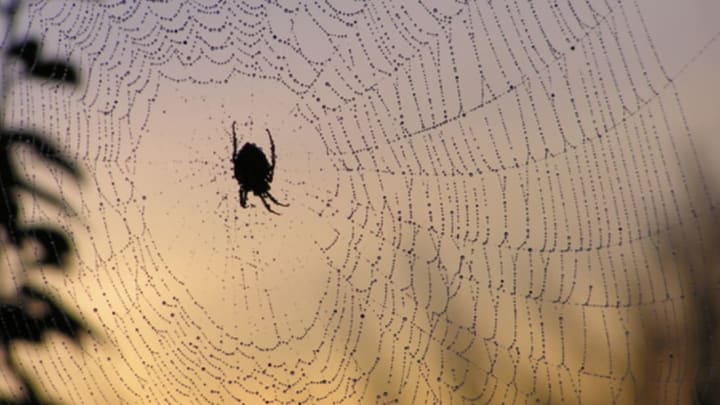Arachnophobia may cause itsy-bitsy spiders to appear much bigger than they really are, according to a small study published in the journal Biological Psychology and conducted among students at Ben-Gurion University of the Negev (BGU). Whether they fear spiders or not, many people find the eight-legged creatures unsettling or unpleasant. But those who are afraid of spiders also see them as larger than those who find them them merely unappealing.
Scientific American explains that psychologist Tali Leibovich was inspired to conduct the study by her own arachnophobia. Leibovich tells Scientific American that she was in the lab with a colleague when she spotted a particularly terrifying spider. “I started to scream for her to come and pick it up because she's not afraid of them,” she explains. “And she said, 'But it's small, how come you're afraid of it?' And I said, 'No, it's huge!' And she said, 'It's small'; I said, 'It's huge.' We started arguing, and this is why we started this study. To see who is right."
The two-part study, which involved 27 female students, not only found that arachnophobes consistently viewed spiders as larger than non-arachnophobes, but that arachnophobes did not miscalculate the size of other insects and animals. For instance, participants were asked to rank the sizes not only of spiders, but of harmless creatures like flies and birds, and potentially dangerous creatures like wasps, on a size scale from housefly to lamb. Even though wasps are arguably more dangerous than many spiders, arachnophobes did not miscalculate their size.
"This study revealed how perception of even a basic feature such as size is influenced by emotion, and demonstrates how each of us experiences the world in a unique and different way," says Leibovich. "This study also raises more questions such as: Is it fear that triggers size disturbance, or maybe the size disturbance is what causes fear in the first place? Future studies that attempt to answer such questions can be used as a basis for developing treatments for different phobias."
[h/t Scientific American]
